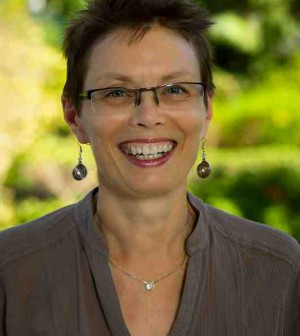- Belgium comes to Yamashita Park
- Residential Villa in Phuket Entices Remote Workers With Long-Stay Rates
- Rare pieces of French glass art at the Mirai Museum of Art
- Feast on fresh fish and seafood at the 2024 ‘Sakana’ Festival
- Would you like to ride in a Louis Vuitton gondola lift?
- Naked Snow Aquarium
- Festive lights at Yomiuriland will get you feeling the holiday vibes
Early Childhood Education – The ELC way

“Children learn through guided discovery, and they take responsibility for their own learning by posing study questions and then experimenting to draw conclusions about the world around them.
Caskey points out that this approach to early childhood education is becoming increasingly popular in Asia, and that it is really at the fore of 21st century thought and practice in early childhood education.”
A splash of color from student artwork and the sound of many happy children’s voices greeted my arrival at the American School in Japan’s Early Learning Center (ELC). A state-of-the-art facility in the heart of Roppongi Hills, the ELC is an inviting learning environment, with appeal for children and adults alike.
This luxuriously spacious and esthetically pleasing school is really educational philosophy in action. The space was designed specifically for the needs of the ELC community, a unique feature for early childhood education centers in Tokyo, and absolutely nothing is lacking to support optimal learning for young students. The ELC serves international families of nursery school, pre-kindergarten and kindergarten age children, complete with parent education programs to round out the lifelong learning approach that is integral to the school’s mission.
Director Jean Caskey oversees this vital mission. Prior to her current position, Caskey was the director of Cayman International School in the Cayman Islands, and before that, principal of the Early Childhood and Elementary School at the American International School of Guangzhou, China. She has also taught at Taipei American School, Singapore American School and the International School of Kenya. In 2005, she was one of only two international school principals to receive the title of National Distinguished Principal from the American National Association of Elementary School Principals.
Regarding the school’s philosophy of education, she explained that the ELC follows the Reggio Emilia model, an internationally replicated system developed in Italy, which is based on the principles of respect, responsibility, and community. Children learn through guided discovery, and they take responsibility for their own learning by posing study questions and then experimenting to draw conclusions about the world around them.
Caskey points out that this approach to early childhood education is becoming increasingly popular in Asia, and that it is really at the fore of 21st century thought and practice in early childhood education. She explained that in the past, education for this age group emphasized the acquisition of traditional academic skills. But because of the success of the Reggio Emilia approach since its inception in Italy shortly after WWII, more and more schools are discovering this very life-affirming approach, which focuses on the potential and individuality of every child.
All children at the ELC are active every day. They explore, and they question! The joy of natural learning, mostly through play in a supportive environment, is crucial to the Reggio Emilia design for learning, and the ELC makes sure every child is actively and happily engaged.
Two teachers, a lead teacher and an assistant—often with a parent volunteer–help the children to explore the world. The teachers are highly qualified professionals who understand the milestones of child development, and they meticulously document the children’s project-based learning, using this documentation to monitor each child’s overall growth. The teaching team is constantly photographing and collecting samples of students’ work stored carefully in portfolios.
Believing in the importance of reinforcing skills that will carry early learners through to the next step in their education, Caskey views the ELC in Roppongi Hills and the K-12 campus in Chofu as “one school, two campuses”. There is a strong communication bond between these two campuses, and the ELC strives to align its programs with the Chofu campus, especially because a number of students will continue their education with ASIJ beyond their ELC years.
To that end, the ELC curriculum is always evolving, with an eye to a seamless transition to higher-level education. Caskey and her faculty meet frequently with Chofu campus colleagues to develop design thinking, the process of integrating the development of ideas through inquiry and learning through collaboration and cooperation. Caskey sees the ELC as a leader, not a follower, in current education trends.
The ELC made me smile. I smiled the entire time I was there, right along with the children and staff. I tried to envision the original ASIJ, which opened its doors, complete with kindergarten, in 1902 as the Tokyo School for Foreign Children. But the image of the ultramodern ELC that continues to come to mind is one of a warm, vibrant and caring haven that not only meets the needs of young learners today, but also is not afraid to take on the future.










